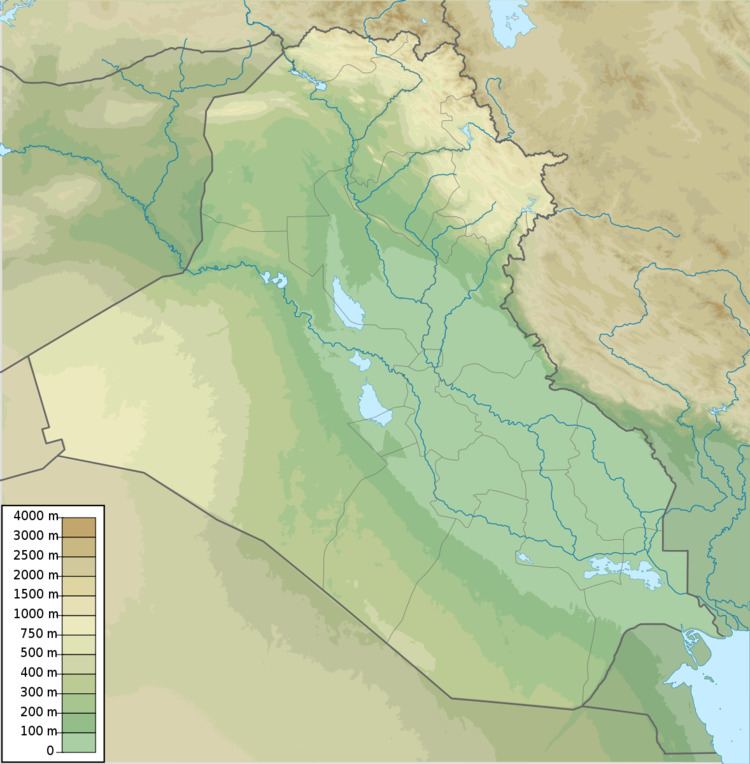Archaeologist Hormuzd Rassam | Excavation dates 1881 Excavation date 1881 | |
 | ||
Location Babil Governorate, Iraq | ||
Kutha beach
Kutha, Cuthah, or Cutha (Sumerian: Gudua, modern Tell Ibrahim) is an archaeological site in Babil Governorate, Iraq. Archaeological investigations have revealed remains of the Neo-Babylonian period and Kutha appears frequently in historical sources.
Contents
- Kutha beach
- Bully kutha in dadyal
- History of archaeological research
- Kutha and its environment
- References
Bully kutha in dadyal
History of archaeological research
The first archaeologist to examine the site, George Rawlinson, noted a brick of king Nebuchadrezzar II of the Neo-Babylonian Empire mentioning the city of Kutha. The site was also visited by George Smith and by Edgar James Banks. Tell Ibrahim was excavated by Hormuzd Rassam in 1881, for four weeks. Little was discovered, mainly some inscribed bowls and a few tablets.
Kutha and its environment
Kutha lies on the right bank of the eastern branch of the Upper Euphrates, north of Nippur and around 25 miles (40 km) northeast of Babylon. The site consists of two tells or settlement mounds. The larger main mound is 0.75 miles (1.21 km) long and crescent-shaped. A smaller mound is located to the west. The two mounds, as is typical in the region, are separated by the dry bed of an ancient canal, the Shatt en-Nil.
